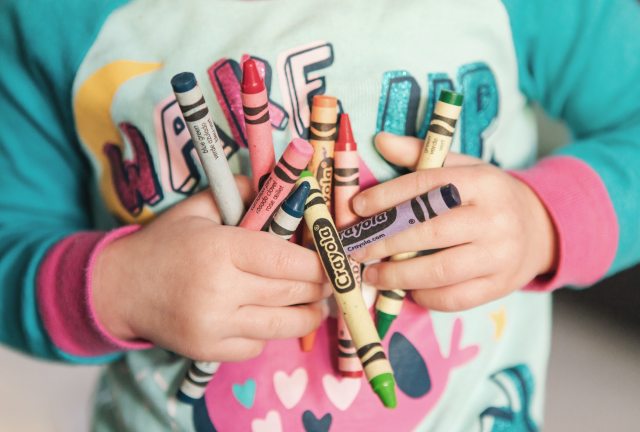Art therapy can be a potent tool for children. Promoting self-esteem and creativity, art therapy allows children to express what their words fail to do. Indeed, working with art leads to tangible creations that give representation to their thoughts and feelings.
The Importance of Art in Your Kid’s Life
Art is an essential part of life. It allows children to express their feelings and emotions in a world that is often too big for them.
However, art also leads to growth in other areas, as well. For example, art lets children:
-
Hone their creativity and problem-solving.
-
Improve their motor skills and hand-eye coordination.
-
Boost their critical and reflective thinking skills.
-
Develop friendships with like-minded children.
Even without artistic talents, engaging in art endeavors allows children to self-soothe—helping them work through issues in healthy and controlled methods.
Art also provides children an outlet for them to be their true selves. Kids can suffer from a massive influx of stimuli from the world around them. Developing a clear personal identification can often be swayed by trending topics and peer pressure. Art, on the other hand, allows kids to see what’s truly important to them and how they feel about themselves.
All in all, art is an excellent resource for growth and development. And, adults can help enhance these benefits and help talents bloom.
Art therapy can take many forms but here are five different art therapy prompts that any child can use.
Art Therapy Prompts & Exercises
1. “How I Feel Today” Worksheet
Understanding the self is an important step for children. Using this “How I Feel Today” printout, kids can set color and design to their emotions. The worksheet prompts children to create a color key that indicates their various emotions. They can then color where they feel those particular emotions throughout their body.
This kind of mindful thinking allows children to control their thoughts and body better. If a child understands where and how they “feel their feelings,” they can better identify the source of their emotions.
2. Relax & Color
Similarly, coloring allows children to sink into their own minds while they create. Instruct your child to focus on relaxing while they color. Choose fun pictures and coloring sheets that they will enjoy.
Variations of this exercise include finding a peaceful outdoor location to color. Or, using the non-dominant hand for a bit of silly fun. Whichever route, this exercise is designed to prompt positive introspection during creativity.
3. Create a Grateful Collage
Collages are a creative way to hone motor skills, hand-eye coordination, and problem-solving. There are also innumerable styles and designs that kids can follow. This prompt focuses on collages that showcase what a child is grateful for.
With such a subject, this exercise will promote happiness and self-awareness. It will also help children identify the objects and people that mean the most to them. Best of all, these collages can (and should) be as exciting and bright as possible. So encourage your kids to use a variety of materials.
4. Paint to Music
Painting is a great activity for children; it helps them explore colors and art with little risk. As they can see the direct result of placing brush to paper, painting helps kids understand cause and effect. Even very young children can experience these thoughts and emotions.
Children can inject an extra emotional boost into their art by adding music. Music prompts dancing, singing, and movement, which should be encouraged while painting. Music can also help draw out emotions, which can be conveyed onto the canvas. This can lead to an easier expression of ideas and thoughts.
5. Pilot Your Dreams
While art should be fun, it should also lead to thought. Even the simple act of folding a paper airplane can be an opportune time for kids to express their emotions. In this paper-plane-making exercise, instruct your children to draw a happy dream on one side of the paper. On the other side, draw a nightmare or other negative thoughts.
When they fold the plane, they should reflect on the happy dream. Ask them what their image represents. Why does it make them happy? Likewise, have them explain their nightmare image. This allows them to work through their intangible thoughts. Then, by throwing the plane through the air, they can “let go” of their negative thoughts.
Art therapy is a gentle tool that most children will instantly love. Since the possibilities are endless, you can tailor these exercises to your child’s interests, as long as your child enjoys the activity. Helping your kids recognize and express their emotions through art allows for self-examination and growth—a powerful boon for developing minds.











